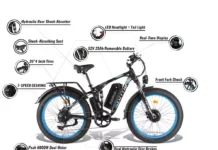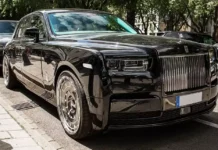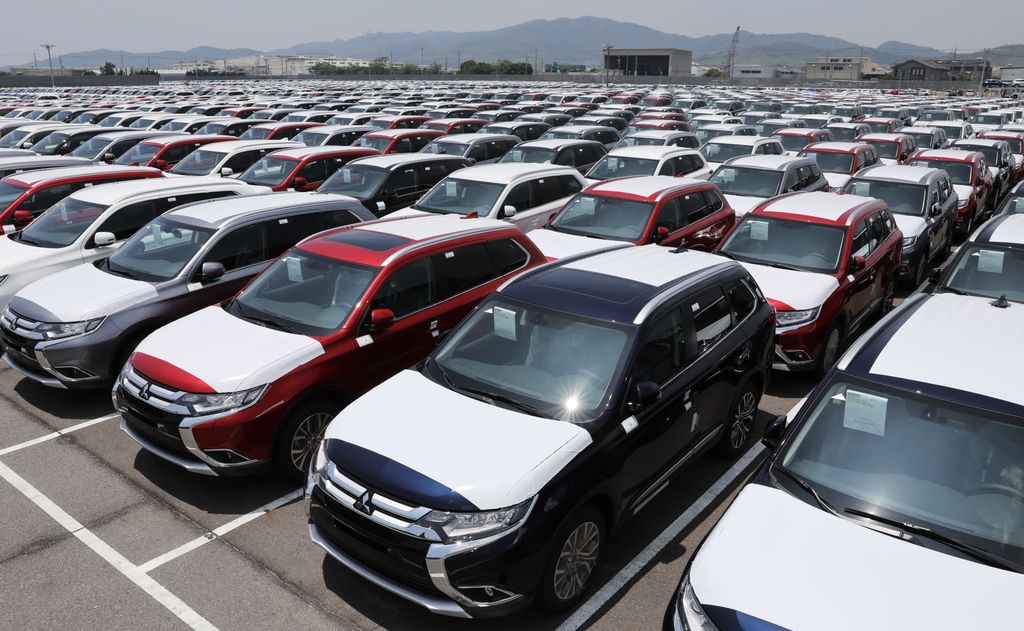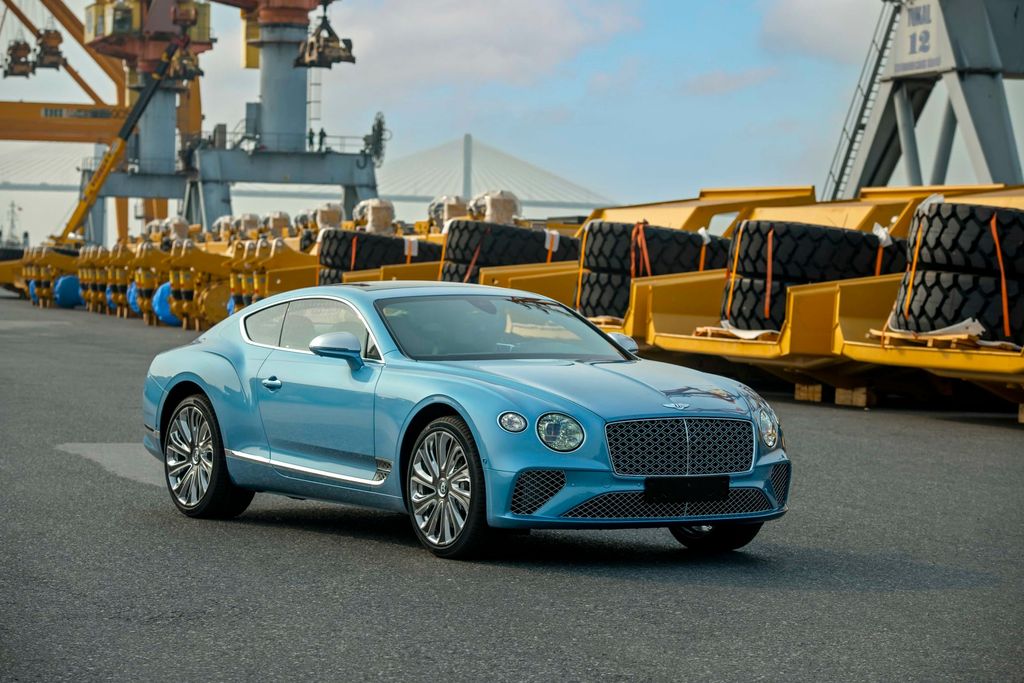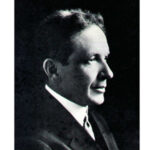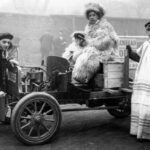According to Decree 73, effective from March 31st, new preferential import tax rates will be applied to certain goods such as cars, wood, ethanol, frozen chicken legs, walnuts, almonds, fresh apples, cherries, raisins, and more.
One notable aspect of Decree 73 is the reduction in import tax rates for certain types of vehicles. Specifically, the tax rate for imported cars with HS codes 8703.23.63 and 8703.23.57 will decrease from 64% to 50%, while the rate for cars with HS code 8703.24.51 will be reduced from 45% to 32%. This adjustment aims to unify the tax rates for these three HS codes.
The HS code 8703.23.63 includes vehicles with a combined passenger and cargo compartment and sports utility vehicles, with a cylinder capacity of over 2,000 cc to 2,500 cc.
On the other hand, HS code 8703.23.57 comprises sedans with a cylinder capacity of over 2,000 cc to 2,500 cc, while HS code 8704.24.51 includes other types of vehicles with four-wheel drive.
According to the Ministry of Finance, the adjustment of MFN taxes for certain types of vehicles aims to diversify the supply of imported cars, increase competition in the market, and develop a tax system that aligns with the development trends of the domestic automobile industry.
The import tax adjustment under the MFN scheme is expected to result in a reduction of approximately 8.81 million USD in state budget revenue, based on the import turnover subject to MFN tax in 2024. However, the actual reduction may be lower if the volume of imported cars from MFN countries increases, gradually replacing imports from ASEAN countries.
As per the Ministry of Finance, the import turnover of the three types of vehicles subject to tax adjustments mainly comes from countries with special preferential import tax rates, such as Thailand (under the ASEAN Trade in Goods Agreement – ATIGA) and Japan (under the Comprehensive and Progressive Agreement for Trans-Pacific Partnership – CPTPP).
As of 2024, the scale of Vietnam’s automobile market is approximately 510,000 vehicles per year, including a domestic production and assembly output of 338,000 vehicles per year and an import volume of over 173,000 vehicles per year. The majority of imports originate from ASEAN countries, which currently apply a 0% FTA tax rate.
According to the Ministry of Finance’s assessment, the scale of Vietnam’s automobile market is relatively small compared to other countries in the region. By 2030, the total consumption of automobiles is projected to reach approximately 1-1.1 million units. To achieve this, Vietnam’s car consumption must double within the next five years.
Currently, domestic enterprises primarily produce and assemble vehicles with cylinder capacities of up to 2,000 cc to meet the demands of the local population. In contrast, vehicles with higher cylinder capacities are mainly imported.
The adjustment of preferential import tax rates (MFN) can significantly impact trade, making it easier for consumers to access high-end models at more reasonable prices. However, the actual impact of this policy will depend on various factors, such as consumer preferences, pricing, after-sales service, fuel efficiency, and purchasing habits.
Given that the domestic automobile market does not yet produce vehicles with large cylinder capacities, the reduction in import taxes presents a significant opportunity for this segment. Experts believe that this move could provide an important boost to the industry, not only increasing the diversity of imported vehicles but also offering consumers a wider range of choices that better suit their needs and financial capabilities.
TH (Tuoitrethudo)



